Spider control in Vancouver
How can 1st Pest Control help you with spider control?
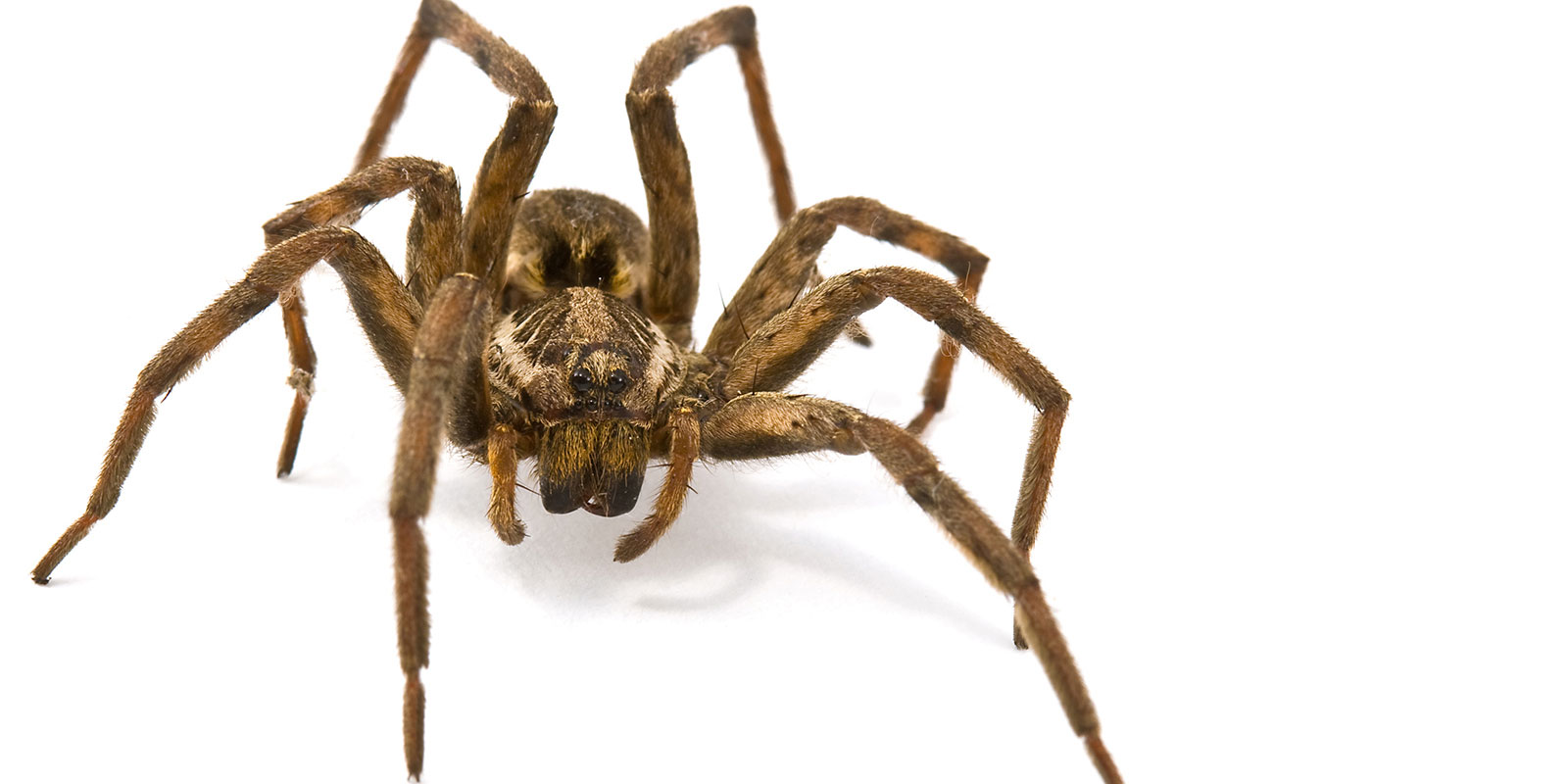
At 1st Pest Control we specialize in spider control, other pests and wildlife remediation. Spiders are prevalent throughout single family homes, multi-family buildings and commercial properties in the Lower Mainland. With industry-leading techniques and pest control methods, you can feel secure that your home or business is being treated to the highest industry and safety standards by our Certified Pest Control Technicians.
By combining both environmentally-friendly pest control services and an Integrated Pest Management (IPM) approach, we will create a specialized treatment program for spider control tailored to your specific location and infestation. Our mission is to eradicate pests in your home or business to give you peace of mind and to ensure the safety of you and those you care about.
What Spider is that?
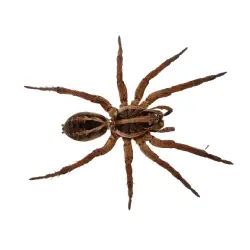
Wolf spider
The wolf spider is a large, hairy arachnid with a distinctive appearance. It has a rounded body, usually brown or gray in color, and eight long legs. Its eyes are positioned on the front of its head, giving it excellent vision. Adult wolf spiders can grow up to 1 inch in length.
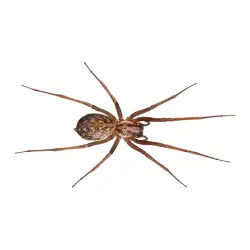
House Spider
The house spider is a common, harmless arachnid that inhabits dwellings worldwide. It has a rounded body and eight legs, often gray or brown in color. With a maximum leg span of about 1-2 inches, it scurries across floors, walls, and ceilings, spinning webs to catch small insects for sustenance.
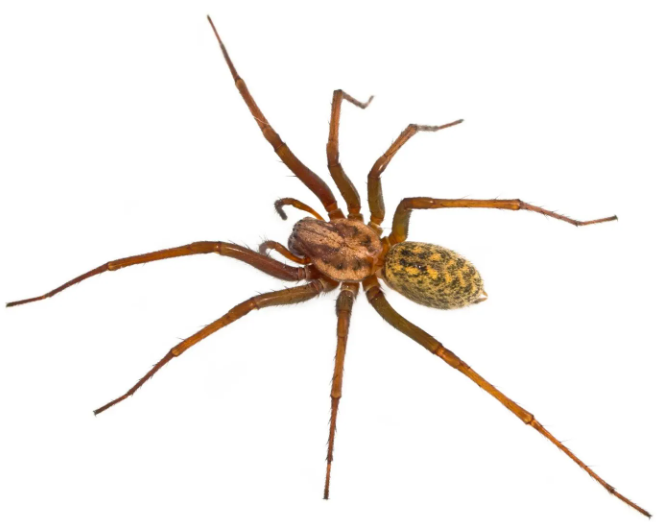
Hobo spider
The hobo spider, also known as the tarantula spider, is a large, hairy arachnid native to the Pacific Northwest. Its body is a mottled brown and yellow, with a distinctive rounded abdomen and long, thin legs. Adult hobo spiders can grow up to 1 inch in length and have a distinctive white stripe running across their back.
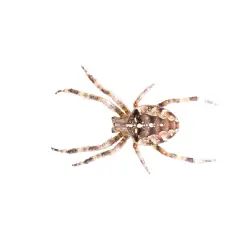
Wolf spider
The wolf spider is a large, hairy arachnid with a distinctive appearance. It has a rounded body, usually brown or gray in color, and eight long legs. Its eyes are positioned on the front of its head, giving it excellent vision. Adult wolf spiders can grow up to 1 inch in length.
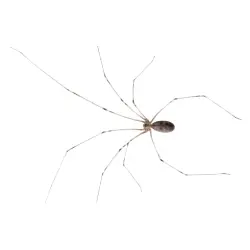
Cellar spider
Cellar spiders are small, pale arachnids found in damp, dark areas like basements and cellars. They have long, slender legs and produce silk, creating irregular webs to catch insects. Though often mistaken for venomous spiders, cellar spiders are harmless to humans and help reduce pest populations.
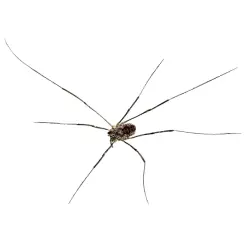
Daddy longlegs / Harvestman
Daddy longlegs, or harvestmen, are not true spiders but belong to the order Opiliones. Recognizable by their long legs and small bodies, they don’t produce silk or venom. Common in damp areas, they help control pests and feed on small insects and decaying matter, making them beneficial to the ecosystem.
Ready to Rid Your Home of Pests? Contact 1st Pest Control Now for Expert Treatments.

New to 1st Pest Control?
Enter Code NEW10 in the form below
Enjoy 10% OFF your first service.

Ready to Rid Your Home of Pests? Contact 1st Pest Control Now for Expert Treatments.
Frequently Asked Questions - Spiders
What do they look like?
Spiders have a two-part body (cephalothorax and abdomen), eight legs and up to eight eyes. They do not have wings or antennae. There are numerous species of spiders found in the Pacific Northwest, all of which vary in color and size. Common types found in urban residences include the Wolf spider, hobo spider, house spider, orb-weaver spider and various species of daddy longlegs.
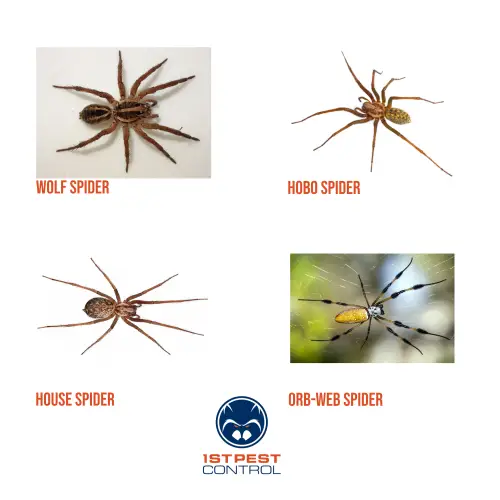
Where do they come from?
Spiders enter a residence through various entry points extending from the outside. They travel through pipes, faucets, vents, gaps along windows and doors, and the cracks and crevices of a building’s structure.
Spiders are attracted to warmth and potential food source. They sometimes end up indoors while seeking mates during the fall season.
Where will I find them in my home or business?
Some spiders hunt insects by trapping them on webs, while others prefer to hunt them on the ground. As a result, they are found in various dark corners of ceilings and walls, or on the floor hiding under objects and furniture.
Spiders may also be found in closets, drawers, pantries and other dark areas. Plants around or within the property, as well as cluttered areas, provide additional hiding spots for spiders.
Why do I need to get rid of them?
Spiders contribute to pest control by preying on other insects and eliminating the potential diseases they may carry. A large and concentrated population of spiders in a residence however, may negatively affect the lifestyle of inhabitants and is a indication of a larger pest control problem.
Will they cause any damage to my home or business?
Spiders are not known to cause damage to property. However, spiders feed on insects and a noticeably large presence of spiders in a residence may indicate another insect infestation within the same place.
Are there any health risks?
Spiders are not generally considered a health risk in the Pacific Northwest. However, some spiders are venomous and all have the ability to bite especially when threatened. Spider bites are rarely fatal. Typical symptoms of a spider bite are swelling, itching, mild burning sensation, and stinging around the affected area. In addition, arachnophobia is a common condition and the presence of spiders may lead to emotional or psychological distress in some homeowners or tenants.


